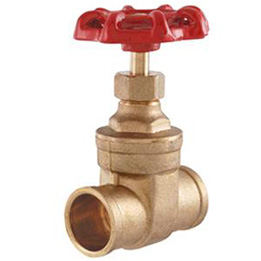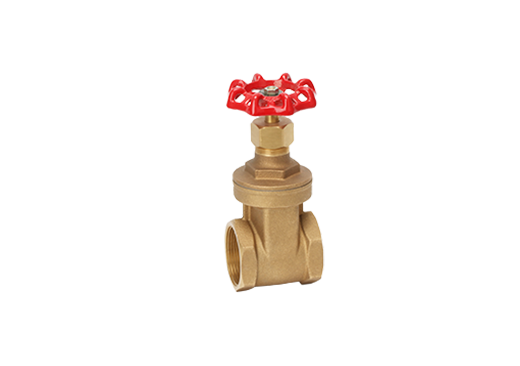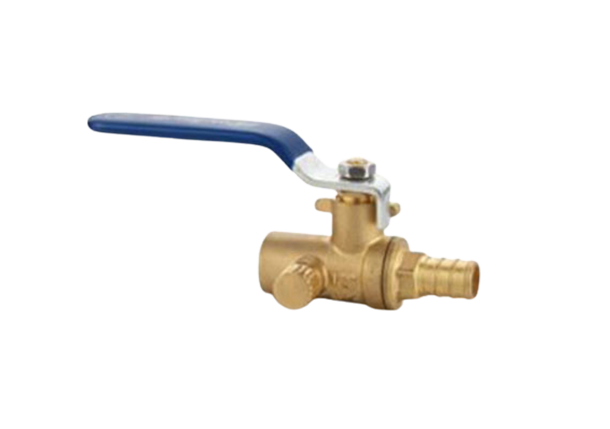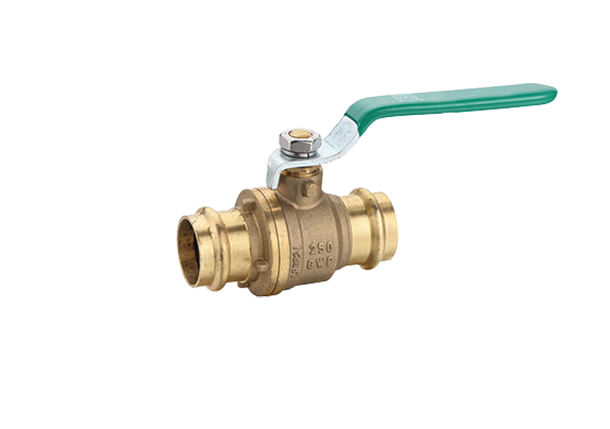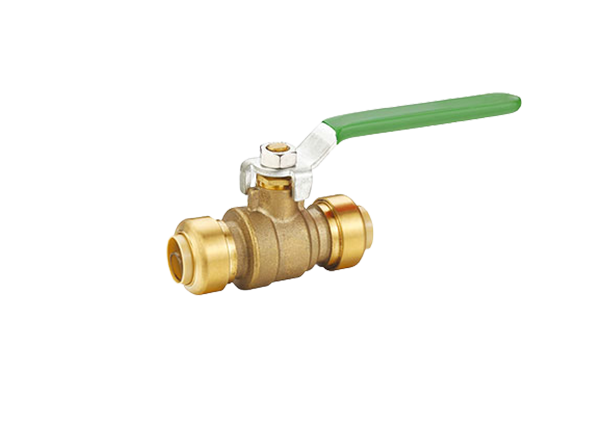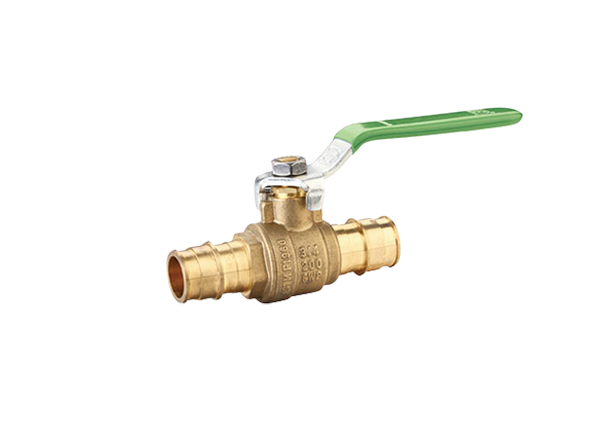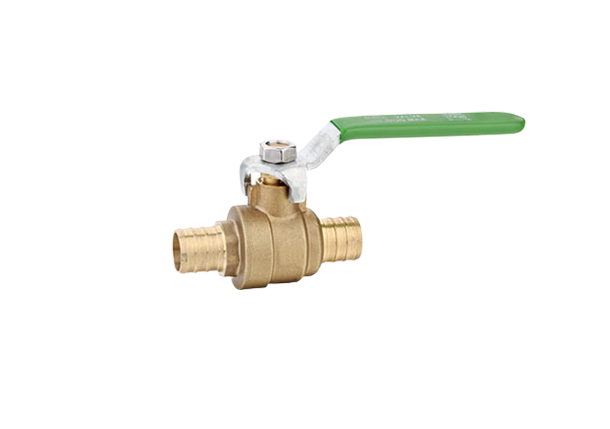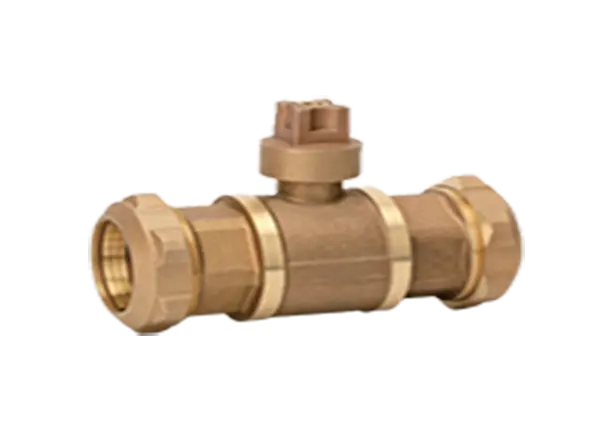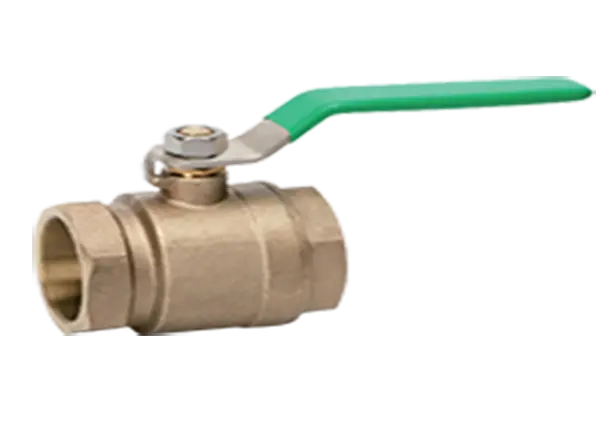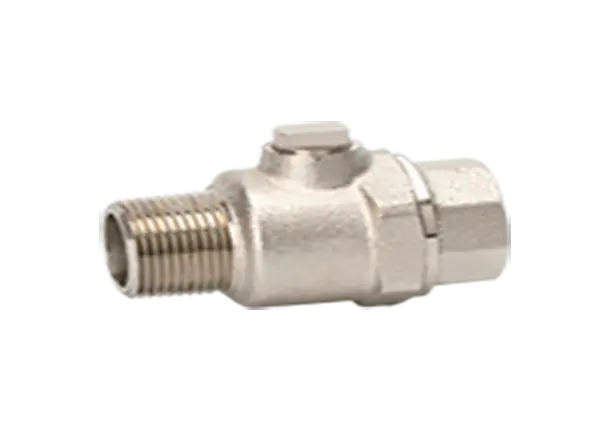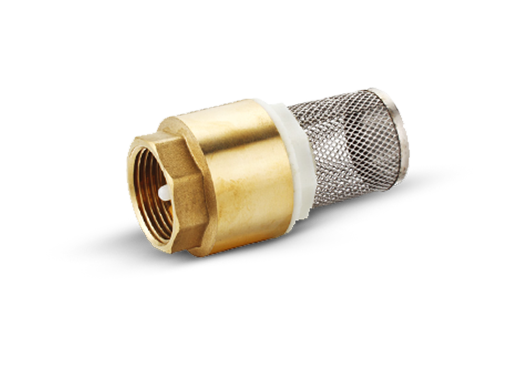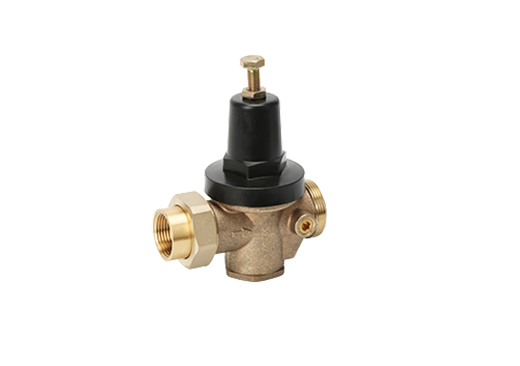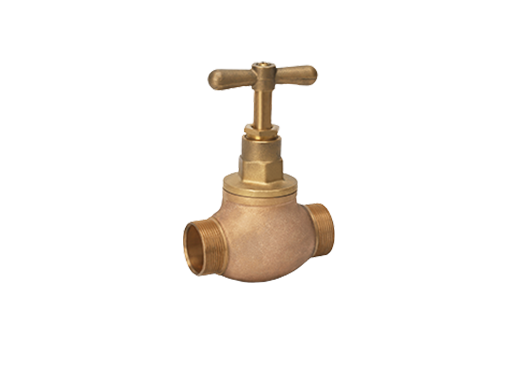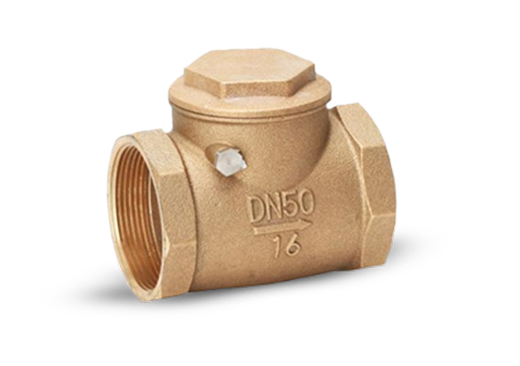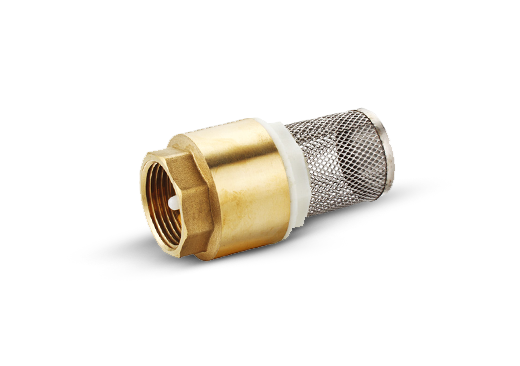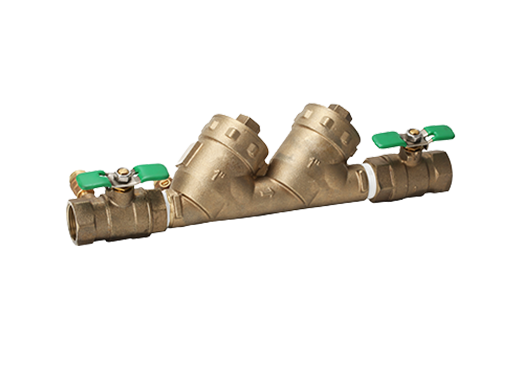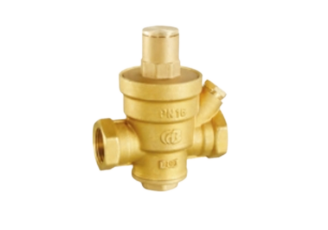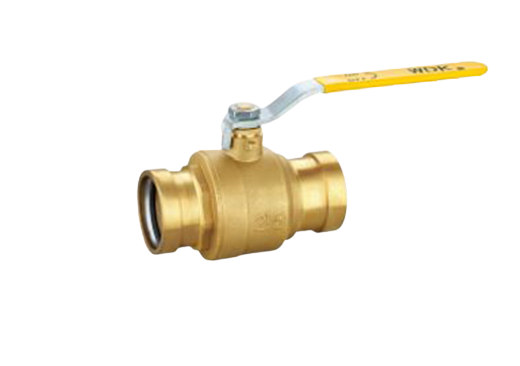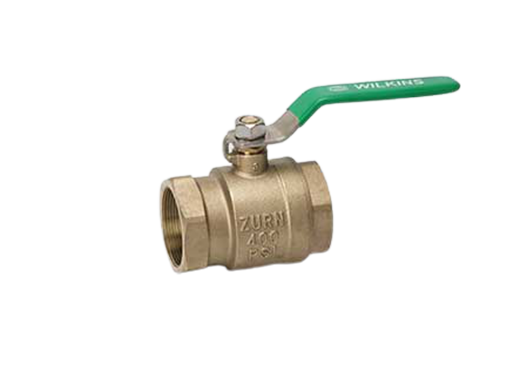Current Maintenance Of Ball Valve
The ball valve came out in the 1950s. With the rapid development of science and technology and the continuous improvement of production technology and product structure, it has rapidly developed into a major valve type in just 40 years. In developed western countries, the use of ball valves is increasing year by year. While the ball valve is continuously used in all walks of life, its daily maintenance method has gradually attracted attention.
1. Factors of maintaining ball valves
(1) The disassembly and decomposition operation can be carried out only after it is confirmed that the upper and downstream pipelines of the China bronze ball valve have been depressurized.
(2) Non-metal parts should be removed from the cleaning agent immediately after cleaning, and should not be soaked for a long time.
(3) The bolts on the flange must be tightened symmetrically, gradually and evenly during assembly.
(4) The cleaning agent should be compatible with the rubber parts, plastic parts, metal parts and working medium (such as gas) in the ball valve. When the working medium is gas, gasoline can be used to clean metal parts. Clean non-metallic parts with pure water or alcohol.
(5) Each single ball valve part that is decomposed can be cleaned by the method of dipping. The metal parts with undecomposed non-metal parts can be scrubbed with a clean and fine silk cloth impregnated with cleaning agent (to prevent the fibers from falling off and adhering to the parts). When cleaning, all grease, dirt, glue, dust, etc. adhering to the wall must be removed.
2. Construction, installation points of ball valves
(1) The installation position, height, and direction of inlet and outlet must meet the design requirements, and the connection should be firm and tight.
(2) For all kinds of manual valves installed on the thermal insulation pipeline, the handle shall not be downward.
(3) Visual inspection must be carried out before the valve is installed. For the OEM ball valve whose working pressure is greater than 1.0 MPa and plays a role in cutting off the main pipe, the strength and tight performance test should be carried out before installation, and it is allowed to be used after passing the test. During the strength test, the test pressure is 1.5 times the nominal pressure, and the duration is not less than 5 minutes. The valve shell and packing should be qualified without leakage. In the tightness test, the test pressure is 1.1 times the nominal pressure; the test pressure should meet the standard requirements during the test duration, and the sealing surface of valve clack is qualified if there is no leakage.
(4) Install a gasket between the valve flange and the pipeline flange according to the pipeline design requirements.
(5) The ball valve with transmission mechanism shall be installed according to the provisions of the product instruction manual.
Different Carbo Valves For Sale

